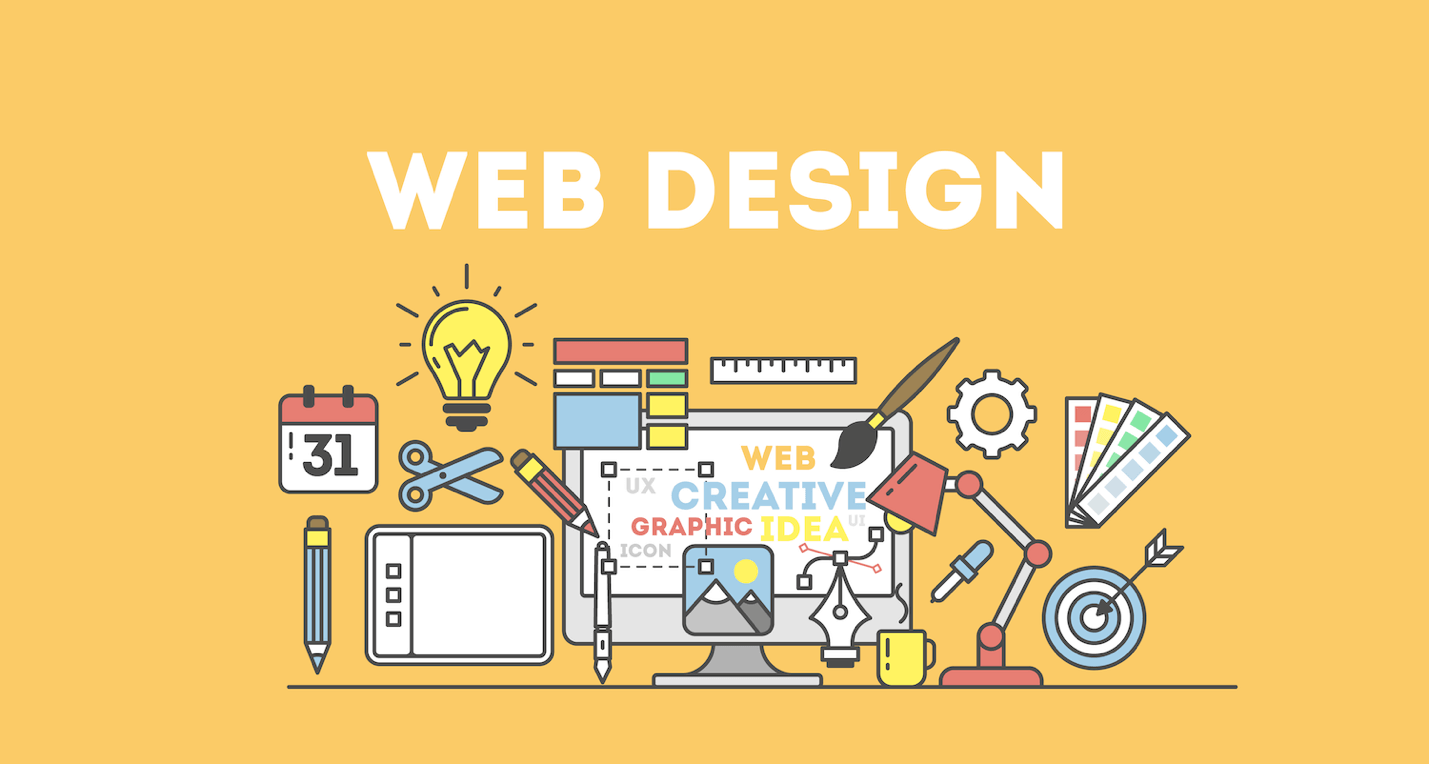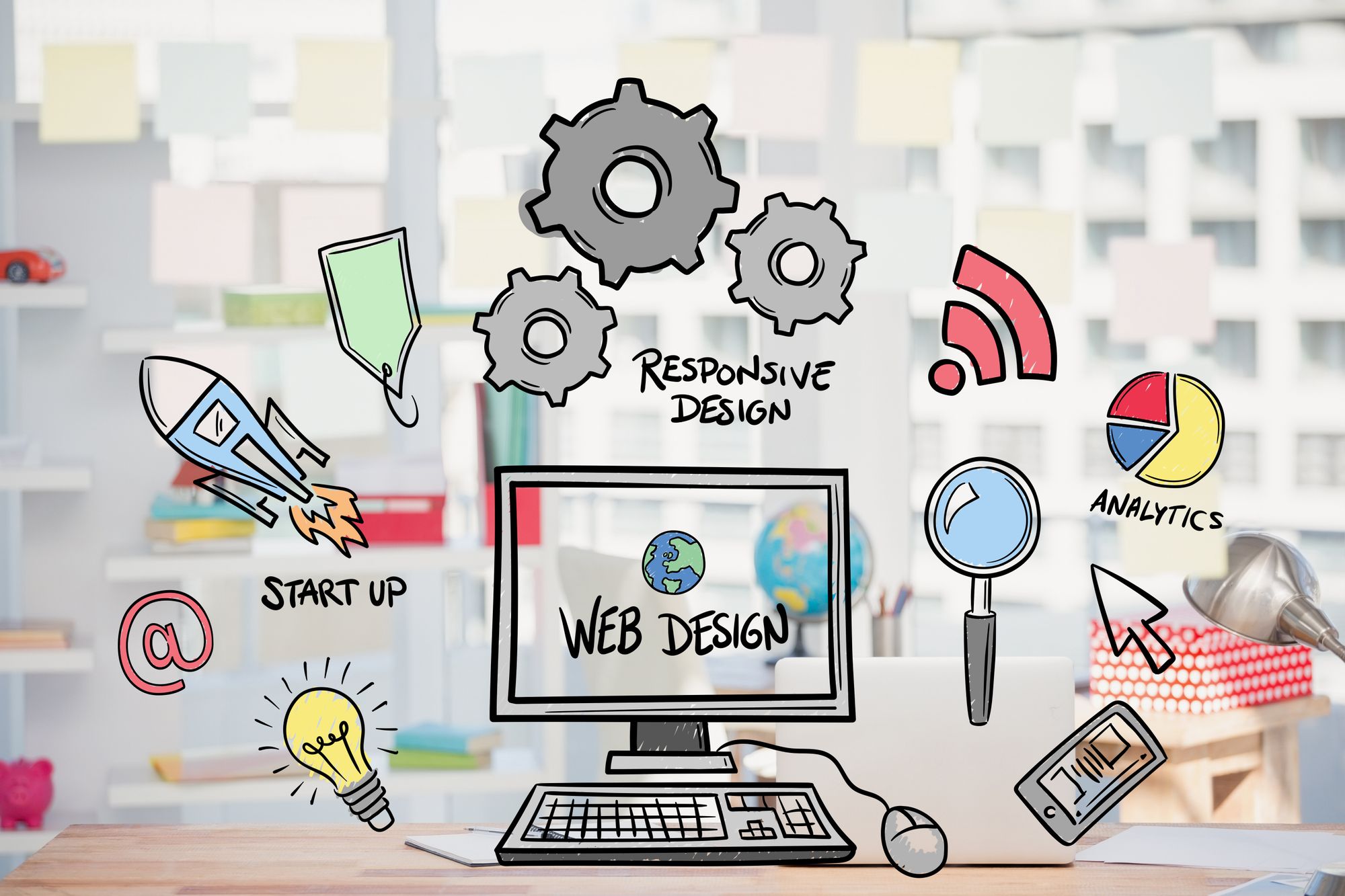Boost Customer Experience With Cutting-Edge Website Design
In today's electronic landscape, the importance of user experience can not be overstated, as it serves as a crucial differentiator in a competitive market. Sophisticated web style techniques, such as receptive designs and minimalist appearances, play an essential function in developing instinctive interfaces that reverberate with users. By focusing on functionality and continual renovation via individual responses, developers can significantly improve engagement and retention. The concern continues to be: what particular strategies can be employed to ensure that internet style not only records attention however also cultivates lasting connections with individuals?
Importance of Individual Experience
How vital is customer experience in web design? In a progressively digital world, where competition is strong, a favorable individual experience can considerably improve consumer satisfaction and retention.

Additionally, the relevance of UX extends beyond instant user communications. It plays a crucial duty in developing brand integrity and commitment. Web sites that focus on individual experience usually experience higher conversion rates, in addition to positive word-of-mouth references. Investing in exemplary UX style is not just an option however a requirement for any kind of company intending to thrive in the digital landscape.
Key Website Design Fads

An additional substantial trend is the combination of dark setting, which not just gives a streamlined visual yet also minimizes eye pressure and saves battery life on mobile phones. This function deals with user choices, enabling a personalized surfing experience.
Furthermore, the usage of bold typography has obtained traction, capturing interest and enhancing readability. This trend makes it possible for brands to convey their messages better, making a solid aesthetic influence.
In addition, micro-interactions are becoming progressively vital, as they offer subtle comments and boost customer communication. These small computer animations or style elements can substantially elevate customer fulfillment by making interfaces feel a lot more vibrant.
Finally, immersive experiences through 3D graphics and boosted reality are shaping the future of web layout. By engaging individuals in unique means, these technologies advertise deeper connections with content and foster brand their explanation commitment. Embracing these fads will certainly make sure an one-upmanship in the digital market.
Receptive and Mobile Style
Responsive and mobile layout has become a basic aspect of modern web growth, driven by the increasing occurrence of smart phone use. As individuals access sites via a variety of screens, consisting check my site of mobile phones and tablets, developers should guarantee that material is easily accessible and aesthetically attractive throughout all gadgets.
A receptive layout technique entails fluid grids, adaptable images, and CSS media inquiries, permitting website to adjust flawlessly to different screen sizes and resolutions - best website design company in singapore. This versatility not only boosts user experience however also enhances internet site performance, as loading times and usability are substantially improved smart phones
In addition, Google stresses the relevance of mobile-friendliness in its search algorithms, making receptive layout a crucial aspect for search engine optimization (SEO) Internet sites that stop working to provide a sufficient mobile experience threat shedding potential visitors and customers.

Enhancing Visual Charm
To develop an engaging online visibility, improving aesthetic appeal is paramount in website design. A well-designed site not only draws in site visitors yet likewise preserves their attention, cultivating a positive customer experience. Crucial element such as shade plans, typography, and imagery play essential you could try this out duties in establishing a cohesive and attractive aesthetic.
Color schemes need to straighten with the brand name's identification while evoking the wanted psychological feedbacks from customers. Using a regular scheme can create an unified look, improving readability and individual interaction.
In addition, top quality images is necessary in capturing focus and sustaining the site's story. Photos need to be pertinent, appealing, and maximized for performance to make certain quick loading times. Including aesthetic power structure with appropriate format and spacing enables customers to browse material with ease, highlighting key information.
Ultimately, improving visual appeal is not simply concerning aesthetics; it serves to enhance brand name identification, boost functionality, and create a memorable experience, inevitably driving customer interaction and complete satisfaction.
Leveraging Customer Feedback
User responses is a vital component in the website design process, substantially influencing the effectiveness and use of an internet site. By actively getting and evaluating customer insights, developers can identify pain points and areas for improvement, guaranteeing that the website fulfills the requirements and preferences of its target market.
To utilize customer responses properly, developers should use numerous approaches, such as surveys, functionality testing, and individual interviews. These methods supply valuable measurable and qualitative data, enabling developers to understand user actions and preferences. For circumstances, A/B screening can reveal which design aspects reverberate a lot more with customers, driving informed decisions that boost the total customer experience.
In addition, integrating responses into the design version procedure cultivates a feeling of possession among individuals, as they feel their opinions are valued. Continual feedback loops can likewise assist maintain the internet site's importance in a swiftly advancing digital landscape.
Including customer feedback is not merely an improvement however a necessity in contemporary website design. best website design company in singapore. By focusing on customer input, developers can create extra user-friendly, obtainable, and satisfying digital experiences that ultimately drive engagement and conversions
Verdict
In summary, raising customer experience through cutting-edge web design is important for preserving competition in the digital landscape. By focusing on functionality, integrating responsive formats, and boosting aesthetic charm, designers can produce engaging user interfaces that resonate with individuals. Continual combination of customer feedback helps with ongoing improvements, making certain that sites continue to be relevant and aligned with user expectations. Eventually, a concentrate on these concepts fosters a much more instinctive and rewarding online experience, enhancing brand name identification and customer loyalty.